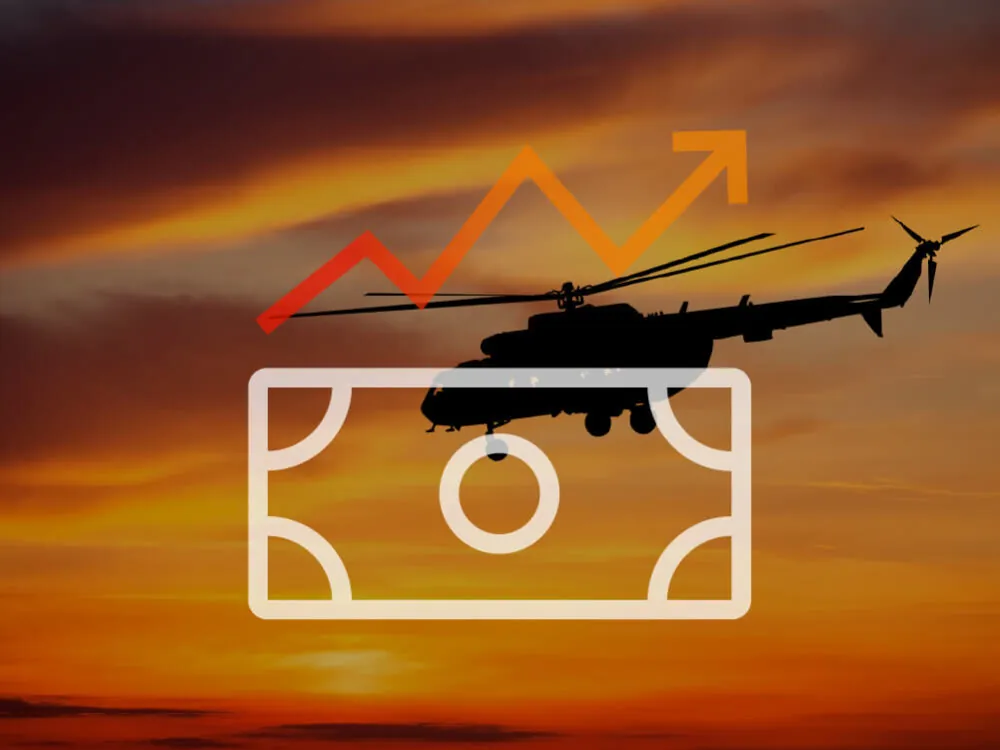Aerospace and defense. Direction: change
Aerospace and defense companies face numerous obstacles as they work towards fulfilling their strategic goals. Some of the challenges they encounter include addressing rising customer expectations, significant fluctuations in demand and a limited supplier base. In order to align with market dynamics, many aerospace and defense companies are choosing to leverage innovations and embrace change by opting for intelligent solutions, the aim being to increase customer satisfaction, process efficiency, operational profitability and management effectiveness.
Managing global supply chains
The need for change in the aerospace and defense industry is driven, among other things, by customers who expect innovative and modern products at low prices. To meet their expectations, companies are looking for ways to manage global supply chains more efficiently. Their efforts, however, are hampered by fluctuating demand for the products they offer and the low availability of industrial parts, which causes problems with timely deliveries.
Manufacturing companies are forced to source components from all over the world, which entails high transport risks. To avoid delays, many of them decide to move production closer to customers. However, the lack of long-term forecasts of demand for manufactured goods makes strategic planning difficult.
Aerospace manufacturing: competition and access to specialists
The boundaries between industries are beginning to blur. New players are entering the market and start competing with established aerospace and defense manufacturers. They often use advanced technology to gain an edge and attract customer interest. They are not constrained by tradition or processes that have been used for years, which may prove to be their advantage.
Another challenge is the shortage of skilled workers, not just aerospace engineers and security specialists, but also data analysts and programmers. Difficulties in obtaining them affect production efficiency and readiness to innovate.









